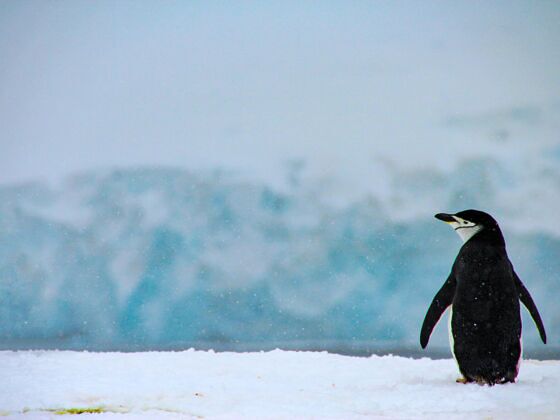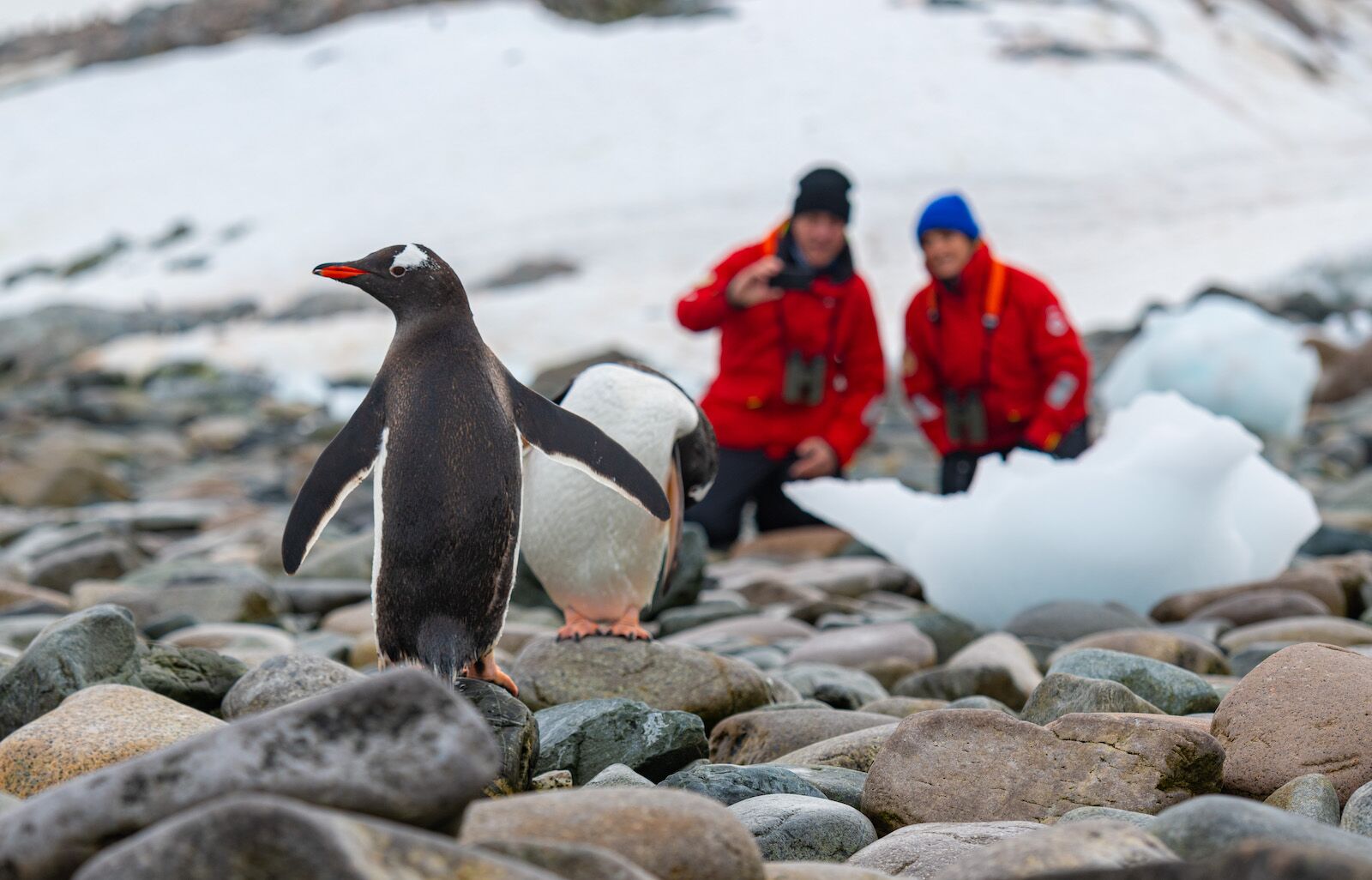A never-before-seen colony of chinstrap penguins in Antarctica was recently discovered thanks to a commercial cruise line, according to a news release from March 2024.
The discovery was made by Oceanites, the leading penguin field-monitoring organization in Antarctica. The researchers were traveling on the Viking Octantis as part of an ongoing program on Viking Cruise’s “expedition” ships — smaller ships designed to venture deeper into more difficult-to-reach parts of the world. Each expedition cruise from the brand carries not just guests, but a small group of scientists and researchers who both conduct research while traveling, and provide on-land guidance and lectures to guests on board.



